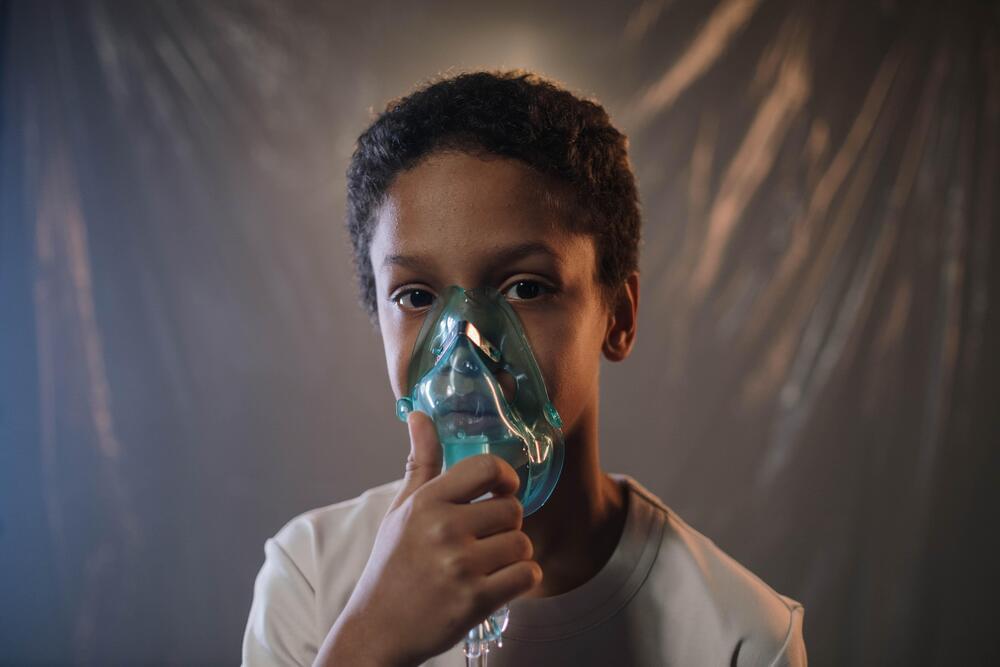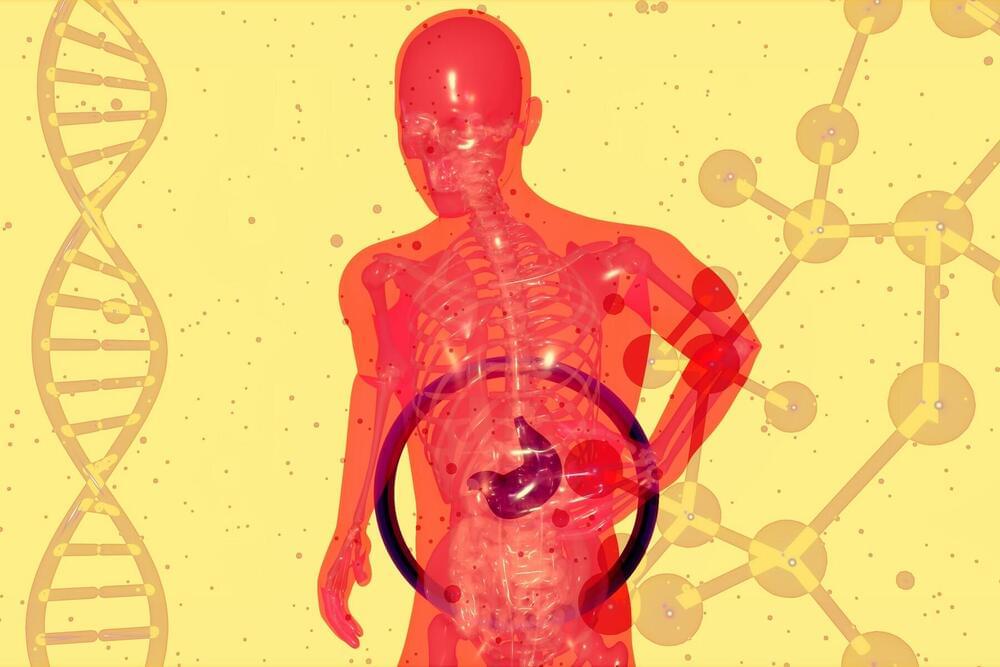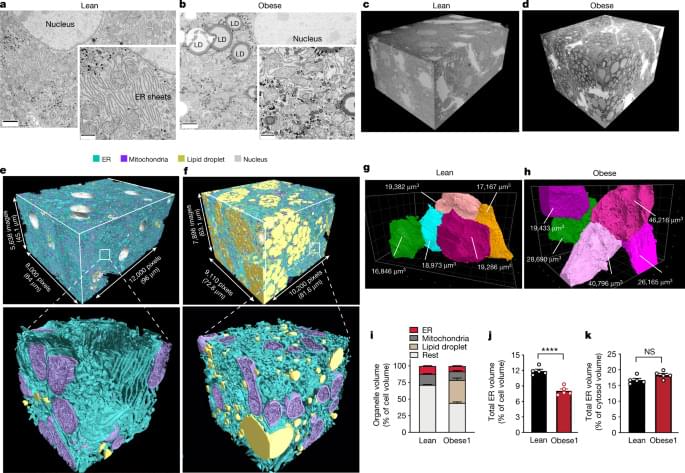Surge in allergic disorders unexplained by the hygiene hypothesis, challenging assumptions about early-life microbial exposure and its role in allergies. | Health And Medicine.



Coverage of the risks and benefits of AI have paid scant attention to how chatbots might affect public health at a time when depression, suicide, anxiety, and mental illness are epidemic in the United States. But mental health experts and the healthcare industry view AI mostly as a promising tool, rather than a potential threat to mental health.


Could changing your diet play a role in slowing or even preventing the development of dementia? We’re one step closer to finding out, thanks to a new UNLV study that bolsters the long-suspected link between gut health and Alzheimer’s disease.
The analysis — led by a team of researchers with the Nevada Institute of Personalized Medicine (NIPM) at UNLV and published this spring in the Nature journal Scientific Reports — examined data from dozens of past studies into the belly-brain connection. The results? There’s a strong link between particular kinds of gut bacteria and Alzheimer’s disease.
UNLV study pinpoints 10 bacterial groups associated with Alzheimer’s disease, provides new insights into the relationship between gut makeup and dementia.

Opting for olive oil could reduce your risk of fatal dementia, according to a new study.
Participants who included half a tablespoon of olive oil in their daily diet were 28% less likely to die of dementia.
The study authors found that replacing a single teaspoon of margarine or mayonnaise with olive oil reduced the risk of fatal dementia by 8–14%.
Researchers have observed an association between daily consumption of olive oil — instead of margarine or mayonnaise — and a reduced risk of dying from dementia.
According to the World Health Organization (WHO)Trusted Source, there are over 55 million people living with dementia globally. There are an estimated 10 million new cases yearly, and dementia is also the seventh leading cause of death among older adults.
New research shows that a half tablespoon of olive oil per day may be beneficial for brain health. The study found that replacing a single teaspoon of margarine or mayonnaise with olive oil reduced the risk of fatal dementia by 8–14%.

Mothers who eat apples and herbs in early pregnancy could be protecting the brain health of their children and grandchildren, a Monash University study using genetic models has found.
The discovery is part of a project that found a mother’s diet can affect not just her child’s brain but also those of her grandchildren.
Published in Nature CellBiology, the Monash Biomedicine Discovery Institute study found that certain foods could help protect against the deterioration of brain function.
More specifically, the study used roundworms (Caenorhabditis elegans) as the genetic model because many of their genes are also found conserved in humans, allowing insights into human cells.
The researchers… More.
Apples and herbs in early pregnancy could protect your child and grandchild’s brain health, a study has found.

A form of gene therapy currently used to treat Parkinson’s disease may dramatically reduce alcohol use among chronic heavy drinkers, researchers at Oregon Health & Science University and institutions across the country have found.
The study in nonhuman primates showed that implanting a specific type of molecule that induces cell growth effectively resets the brain’s dopamine reward pathway in animals predisposed to heavy drinking. The gene therapy procedure involves brain surgery, and may be useful in the most severe cases of alcohol use disorder.
Already used in clinical trials to treat Parkinson’s disease, OHSU researchers found surgical treatment dramatically reduced chronic heavy drinking.

In a study of brains from contact sport players who died before reaching 30, more than 40% had chronic traumatic encephalopathy, oXavier?
The findings confirm that CTE can occur even in young people, but more work is needed to determine how CTE relates to clinical symptoms.
Millions of people worldwide get repetitive head impacts through various activities. These can lead to chronic traumatic encephalopathy (CTE), a progressive neurodegenerative disease that causes brain damage similar to that seen in Alzheimer’s disease. CTE has been reported in people as young as 17. The incidence of CTE in young people, however, is unknown.
An NIH-funded research team, led by Dr. Ann McKee at Boston University and VA Boston Health Care, analyzed 152 brains (141 male and 11 female) that were donated to a brain bank. The brain donors had a history of repetitive head impacts from playing contact sports and were younger than 30 years old when they died. Researchers examined the brains and surveyed the donors’ next of kin about clinical symptoms. Results were published in JAMA Neurology on August 28, 2023.
More than 40% of the donors (63 out of 152) had CTE based on established criteria. Nearly all cases of CTE were mild (stages 1 or 2 out of 4). Donors with CTE tended to be older than those without the disease. The most common cause of death among the donors was suicide, followed by unintentional drug overdose. The causes of death did not differ between those with and without CTE. Most of the donors with CTE were male, but one was female–a collegiate soccer player.
Join us on Patreon! https://www.patreon.com/MichaelLustgartenPhD
Discount Links:
NAD+ Quantification: https://www.jinfiniti.com/intracellular-nad-test/
Use Code: ConquerAging At Checkout.
Epigenetic Testing: https://trudiagnostic.com/?irclickid=U-s3Ii2r7xyIU-LSYLyQdQ6…M0&irgwc=1
Use Code: CONQUERAGING
Oral Microbiome: https://www.bristlehealth.com/?ref=michaellustgarten.
Enter Code: ConquerAging.
At-Home Metabolomics: https://www.iollo.com?ref=michael-lustgarten.
Use Code: CONQUERAGING At Checkout.
At-Home Blood Testing (SiPhox Health): https://getquantify.io/mlustgarten.

Fascinating 3D electron microscopy study by Parlakgül et al. wherein they compare the subcellular organization of liver tissue from lean and obese mice. The authors found substantial differences in endoplasmic reticulum (ER) organization. These ER differences were shown to directly influence metabolic health in a causal fashion, opening the doors to new ways of treating metabolic dysfunction. #electronmicroscopy #cellbiology #metabolism
Detailed reconstruction using enhanced focused ion beam scanning electron microscopy imaging and deep-learning-based automated segmentation demonstrates that hepatocyte subcellular organelle architecture regulates metabolism.